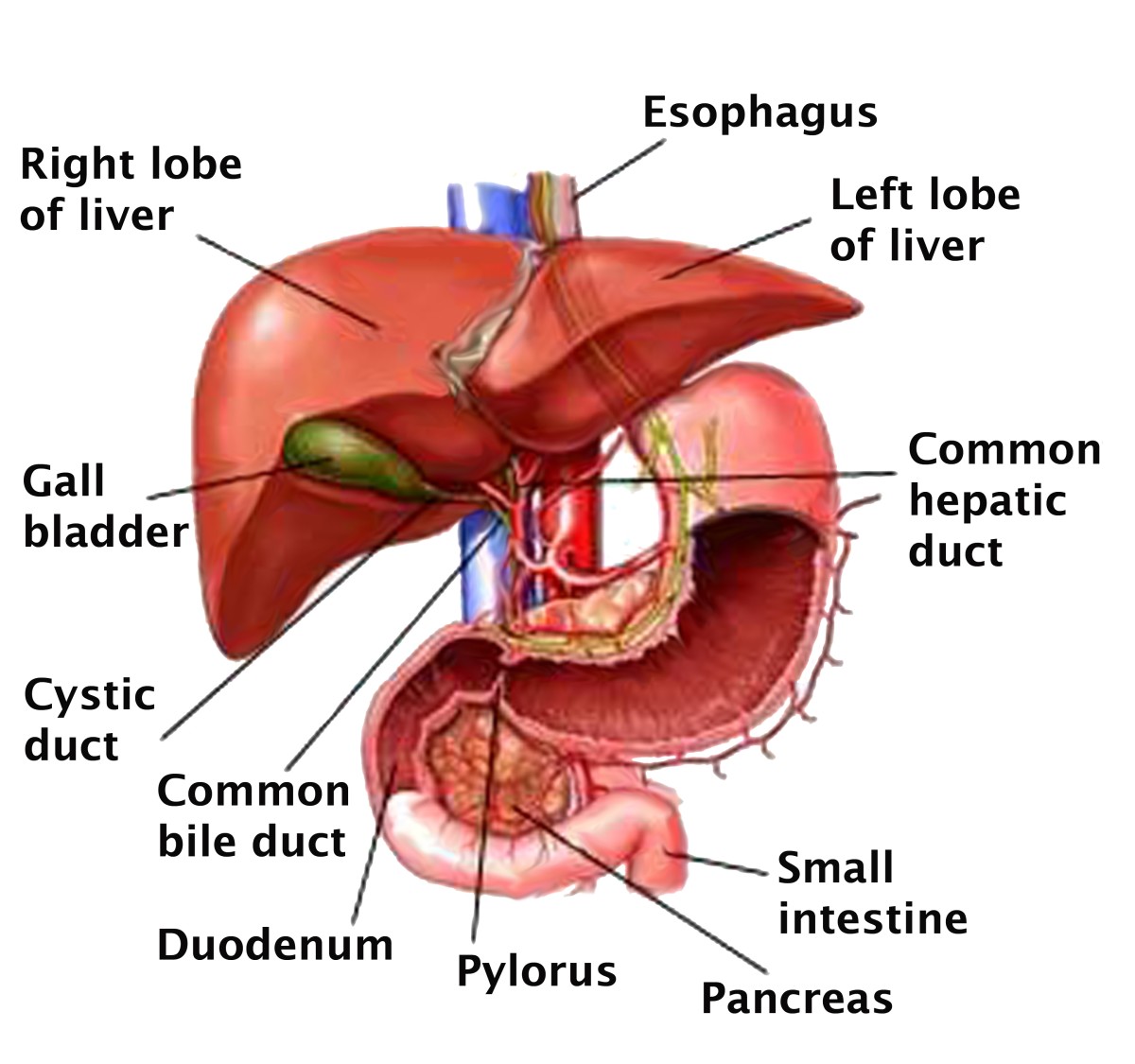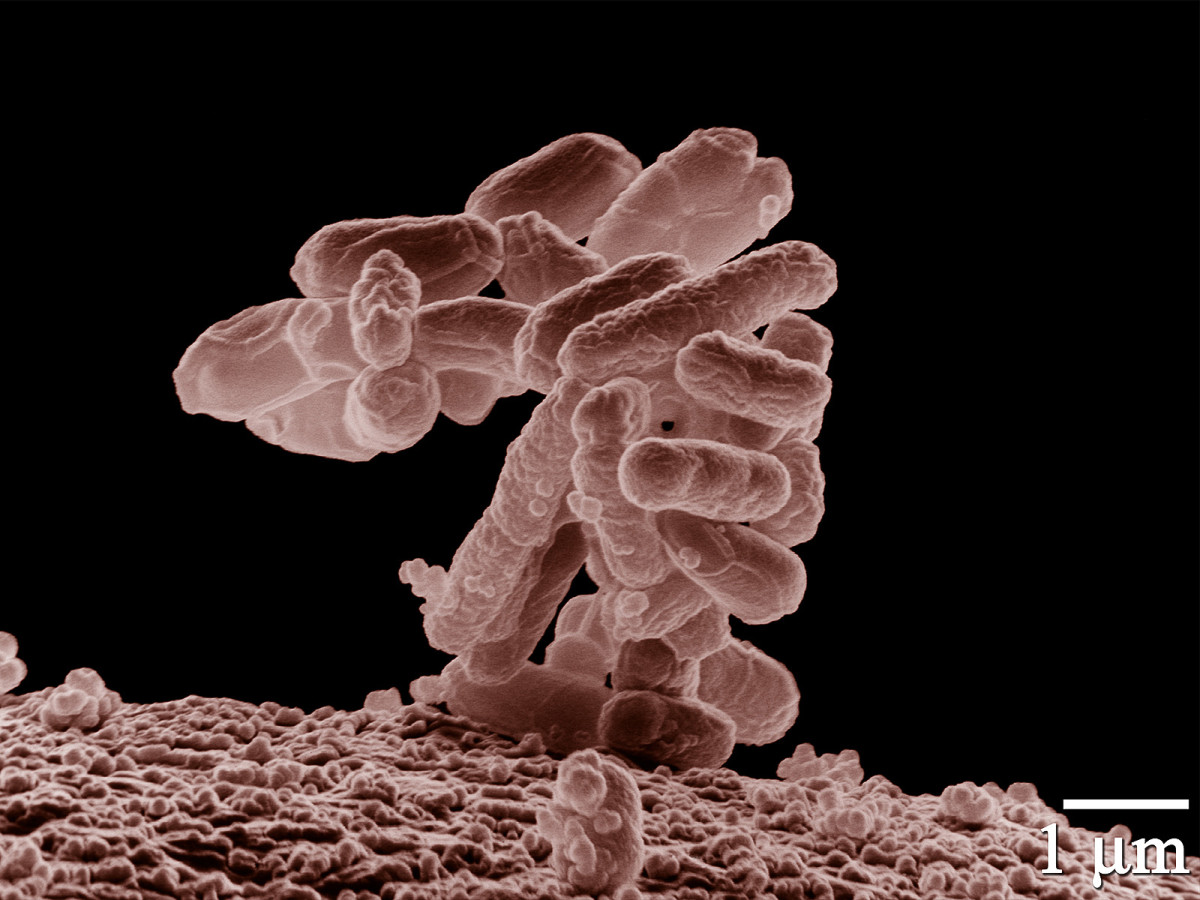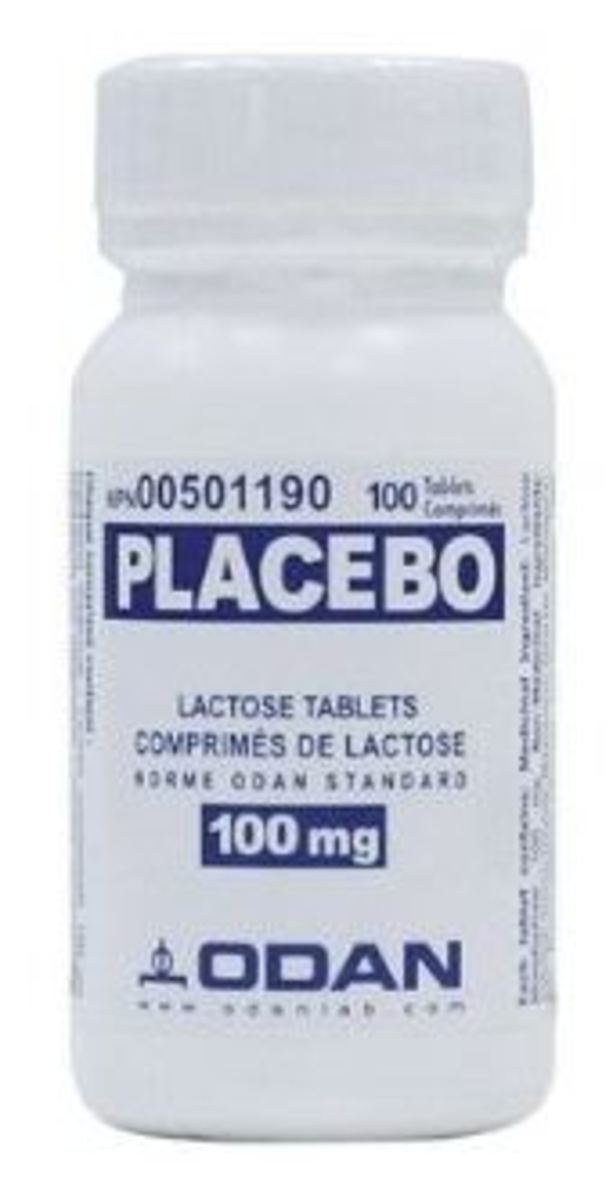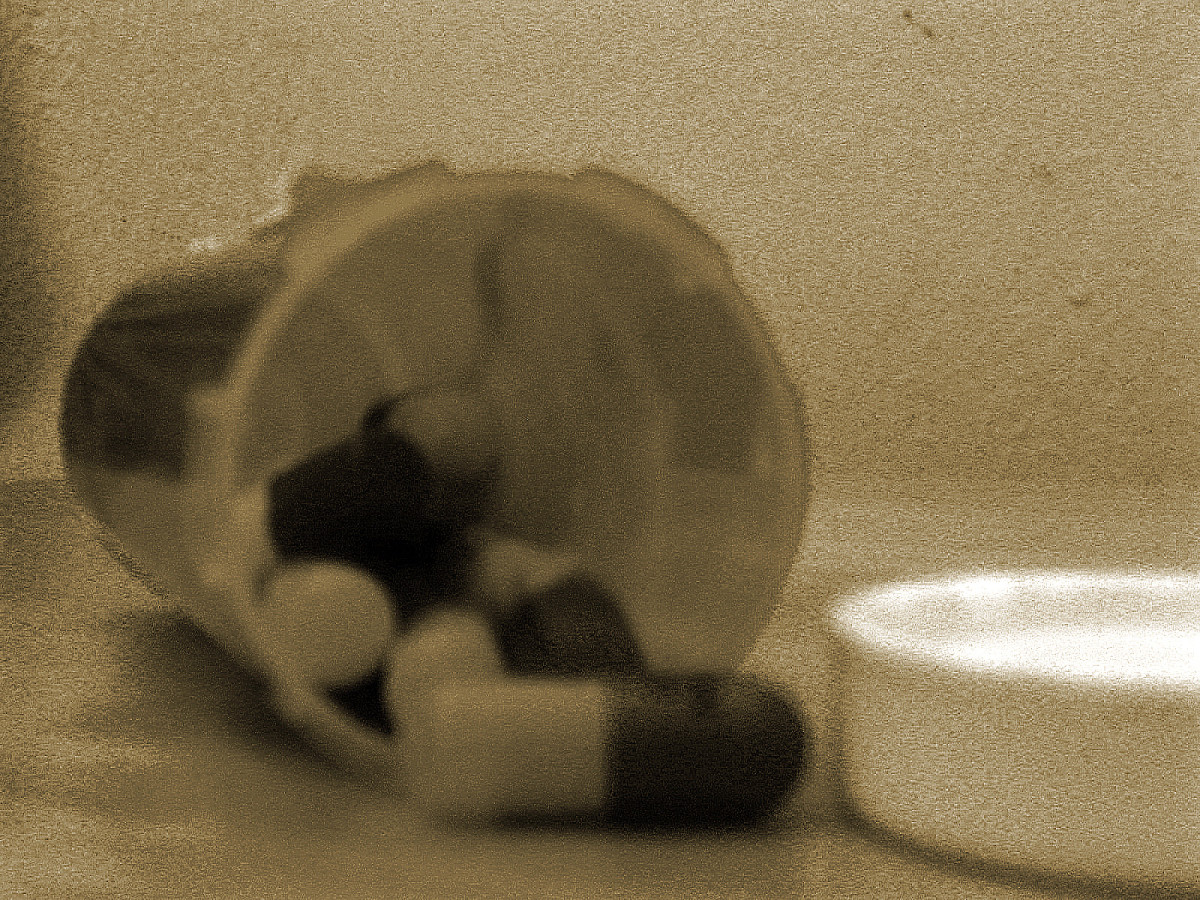What I Have Learned in Healthcare
Medicine has undergone many transitions in my career. What was "true" yesterday is not "true" today.
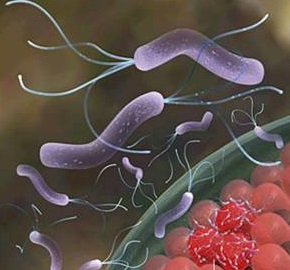
After practicing medicine for 30 years I have earned the right to make a few comments about the state of Medicine and art of Medicine. Thirty years ago someone told me there was a bacterium that lived in the stomach that may be responsible for ulcers. What! Nothing can live in the stomach. The pH (or acidity) of the stomach can get down to 1.0. That is nasty. Nothing can live in there. Nothing! That’s like saying there is a bacterium that can live in a car battery. That is like saying there is bacterium that can live in diesel fuel. But wait, there is a bacteria that lives in diesel fuel. I don’t know of a extremeophobe that lives in car batteries but there are human cells that line the stomach that are alive so why can’t bacteria live in there. Forget about what you know about acidity and pH and accept the fact that your body does fine with a bag of acid in your tummy. Of course bacteria can live in the lining of your stomach. Now granted it runs amuck once in a while but that gives the guy who makes Tums a job.
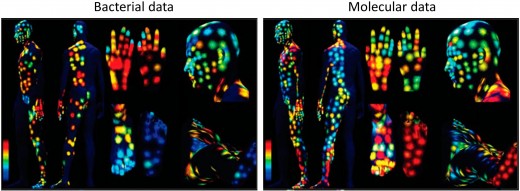
The human body is made up of 10 trillion cells. On the surface and in the linings of the human body lives 100 trillion bacterium. We are outnumbered 10 to 1. So essentially, and this is not for the squeamish, we are bags of germs running around and interacting with one another. Kind of disgusting but so often the truth is disgusting. When you look at a picture of your grandchild or girlfriend you are looking at dead cells. The skin is dead, the hair is dead, the fingernails are dead. The only real living tissue on the outside of your body that is visible is the corneas of your eyes. But what do we see. Life, not the reality. So back to my story. What are we? Bags of germs.

I’ve been taught my entire life that germs are bad. Bacteria are bad. But what I witness is quite different. I watch a toddler carry around sticky food for a while, setting here, dropping it there only to consume it once it looks like a dust bunny. And for the most part these little dudes and dudettes are healthy. So what’s the deal.

Let’s talk about infantile colic. I have taken care of children with rather dramatic colic over the years. The reality is I saw them in the office for 24 minutes and mom & dad dealt with them for 24 hours 7 days a week. I recall a particularly horrible case that I was helpless with and then miraculously one day the child got better – at age 2. I never understood what could have happened. Now I read how colic is successfully treated by introducing the bacteria ruteri into the gut. Did my patient suddenly discover ruteri those many years ago. The answer is probably yes.

How about asthma. Here are some observations: If you breast-feed versus bottle feed you have less asthma. If you're born by C-section instead of vaginal birth you have a 20 percent higher rate of asthma. If you get antibiotics in the first year of life you have more asthma. If you lack bacteria from four genuses: Lachnospira, Veillonella, Faecalibacterium and Rothia you have a higher risk of asthma. All of these events have a direct impact on the bacterial colonization of the human body and all have a direct impact on the development of this lung disease.
Probiotics
So where is this going. Some individuals who study infections and community acquired disease look at features of the H. pylori or the stomach bacteria and say coronary artery disease has many of the same dynamics. So much so that it behaves as an infectious process. Speculation has suggested a few culprits but the truth is yet to be known.
So what is my point. Medicine will continue to discover associations between the human biota and illness. More importantly, medicine needs to focus on this association. This search would not be to justify the use of some herbal supplement, but rather pure science. You know the hypothesis, experiment, conclusion type science. Not the pseudoscience we are overwhelmed with where you say whatever you want then jump on the web to justify it.
Thanks for your time.
Robert Roswick, MD FAAFP
For other articles by this author visit:
http://hubpages.com/roswick



